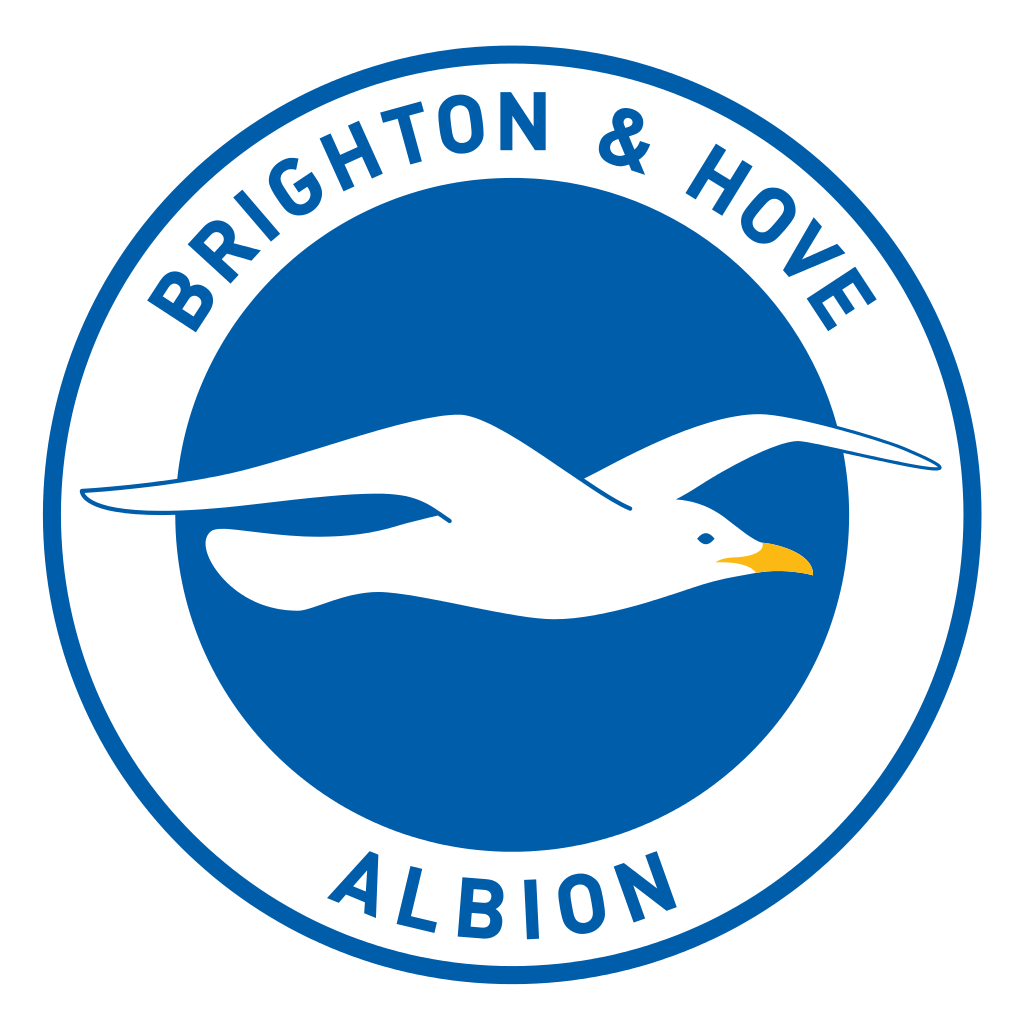The percentage of A level students from Brighton and Hove who go to university is much lower than the national average, according to figures published today (Tuesday 17 July).
The Department for Education (DfE) said that just over a third of Brighton and Hove state school students started a degree compared with more than half across England as a whole.
The figures also suggested that students from only two out of seven state schools or colleges in Brighton and Hove went on to study at Oxford University or Cambridge University.
Cardinal Newman Catholic School had the highest percentage of A level students win places at the two universities in 2009-10, according to the DfE. It sent 3 per cent of the year group – or five or six pupils.
Eight students – or 1 per cent – from Brighton, Hove and Sussex VI Form College (BHASVIC) were admitted to Oxbridge – Oxford or Cambridge – in the same year.
Varndean College also has a track record of success with Oxbridge places. It said that eight former pupils – or between 1 per cent and 2 per cent – started at Oxbridge in the autumn of 2010.
These were not included in the DfE figures, which the department described as experimental. It qualified the figures in a number of ways and said that some smaller numbers had been excluded.
Another measure published by the DfE is the percentage of pupils going to other elite universities, known as Russell Group universities, other than Oxford or Cambridge.
Only Cardinal Newman, with 9 per cent of its 160 A level students, sent an above average number, according to the DfE.
BHASVIC equalled the 8 per cent average for England, from its 790 students, and Varndean College sent 6 per cent of its 520 students.
City College Brighton and Hove was the only other place with a percentage of pupils recorded as having gone on to a Russell Group university. It sent 2 per cent of its 230 A level students.
The proportion of pupils going on to any university or higher education institution ranged from 27 per cent from Varndean College to 45 per cent from Cardinal Newman. BHASVIC sent 41 per cent, Hove Park 36 per cent and Blatchington Mill and City College each sent 35 per cent, according to the figures.
The average for Brighton and Hove was 36 per cent compared with a national average of 52 per cent.
Varndean College said that 222 of its students had been missed out and the proportion who went on to university was 65 per cent not 27 per cent. It said that the details of 320 BHASVIC students had also not been captured.
The DfE said that data relating to hundreds of students from Brighton and Hove had not been captured. It said that this included pupils who went on a gap year, went to university in Scotland or Wales, took a job or who were unemployed.
The second highest proportion locally of pupils going to university was 43 per cent of the 40 sixth formers at what was then Portslade Community College (PCC). It is now the Portslade Aldridge Community Academy (PACA).
However, 23 per cent of those former PCC pupils dropped out during their first year in higher education. The next nearest number was 11 per cent from Blatchington Mill.
The numbers involved were relatively low though – probably about four or five former PCC pupils and a couple from Blatchington Mill.








The DFE admit their data is “experimental” and as such is likely to be misleadling. Analysing their underlying database, I’ve noticed that they have missed out 1,120 students across Brighton and Hove from their figures! For example, Varndean College’s progression rate to universiy in 2011 was actually 65% according to UCAS ( i.e 336 students took up places last year out of 520 leavers), well above the national average. This is massively different from the 27% the Argus quoted. Alongside world-class International Baccalaurreate results and excellent progresion to Oxbridge, it is also likely that progression rate to Russell group top univedrsities is highe than civil servants in Whitehall believe.